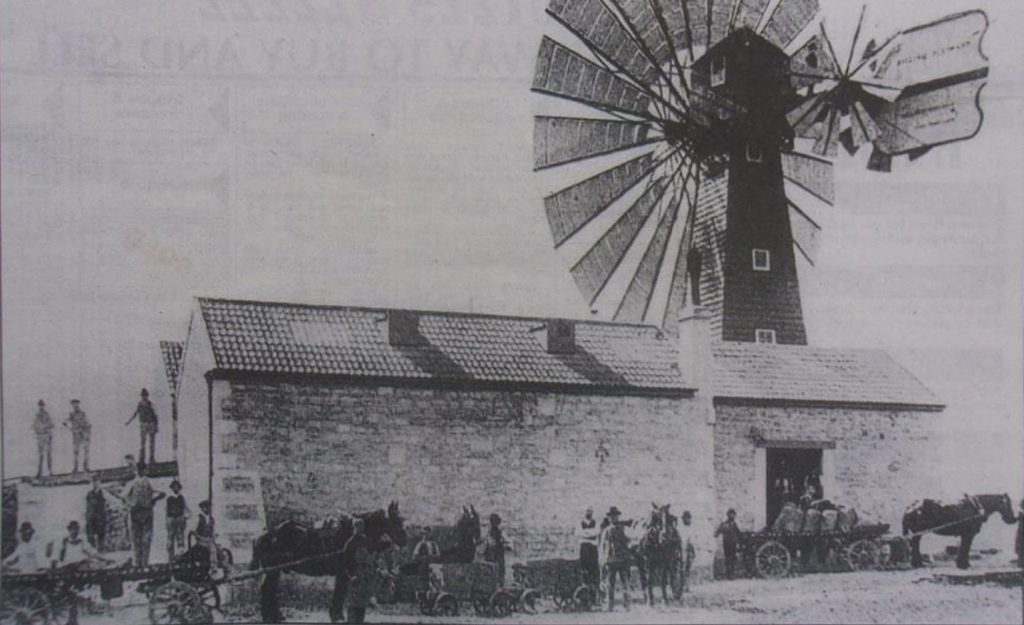
By Harry Mottram: Take a bucket full of urine, pour into a bath and mix with Fuller’s Earth and your toga will emerge clean and white and as good as new.
The Romans in Bath used the good clay soils of Odd Down and elsewhere in and around the city to clean their clothing and linen but also in the cleansing of wools during the manufacturing process which consisted of workers treading up and down in the baths to recreate the actions of a modern washing machine.
Evidence of the extraction of ‘white clay’ by the Romans has long been known – and it is more than likely that the original inhabitants knew of the properties of the good earth for ridding wool of lanolin and other oily substances to make it a useful textile.
From the Latin Fullonica for cleaning or laundry the Romano British, Saxons, Normans and Medieval Bathonians continued to use Fuller’s Earth – especially as the woollen industry grew in size..
In Neil Macmillen’s A History of The Fuller’s Earth Mining Industry Around Bath he recalls how children were discovered to be using paperwork from the closed works at Odd Down for making fires in the 1980s. The Museum of Bath at Work were informed and hundreds of documents about the closed down business were recovered.
They were to cast light on the site where the earth had been excavated from 1811 to 1967. It was an ancient industry with the earth extracted and mined – often from bell pits which were essentially big holes in the ground – in Wellow, Combe Hay, South Stoke and Folly Down.
With the hey day of the extraction of the clay in the late 18th and early 19th century new industrial, pharmaceutical and cosmetic uses were found. At the same time alternatives to the raw material were being invented meaning by the early 20th century the industry had been struggling. Foreign competition was another factor with huge deposits discovered in the USA and Mexico lowering the price.
Soap, washing detergents and new binding substances were replacing some of the traditional uses of the earth.
One by one as the 20th century wore on the companies mining the earth began to close with the last one near Bath at Combe Hay shutting in 1979 despite there being many years of clay left in the ground. And the story may not finish there as new markets have opened up for the product so in time it may be viable to reopen the extraction of the substance the Romans in Bath found so useful.
From cat litter to the cleaning of recycled oil, and from the process of making safe waste fission material to cosmetic mud packs and skin treatments the world has continued to discover the extraordinary qualities of the clays laid down at the bottom of the sea during the Cretaceous age when 100 million years ago dinosaurs ruled the world.


